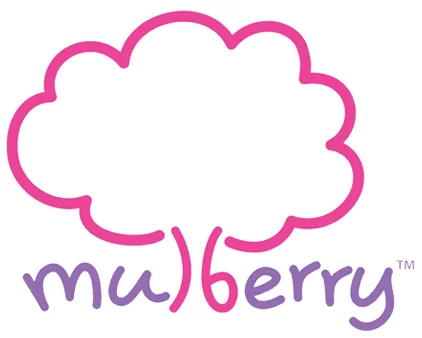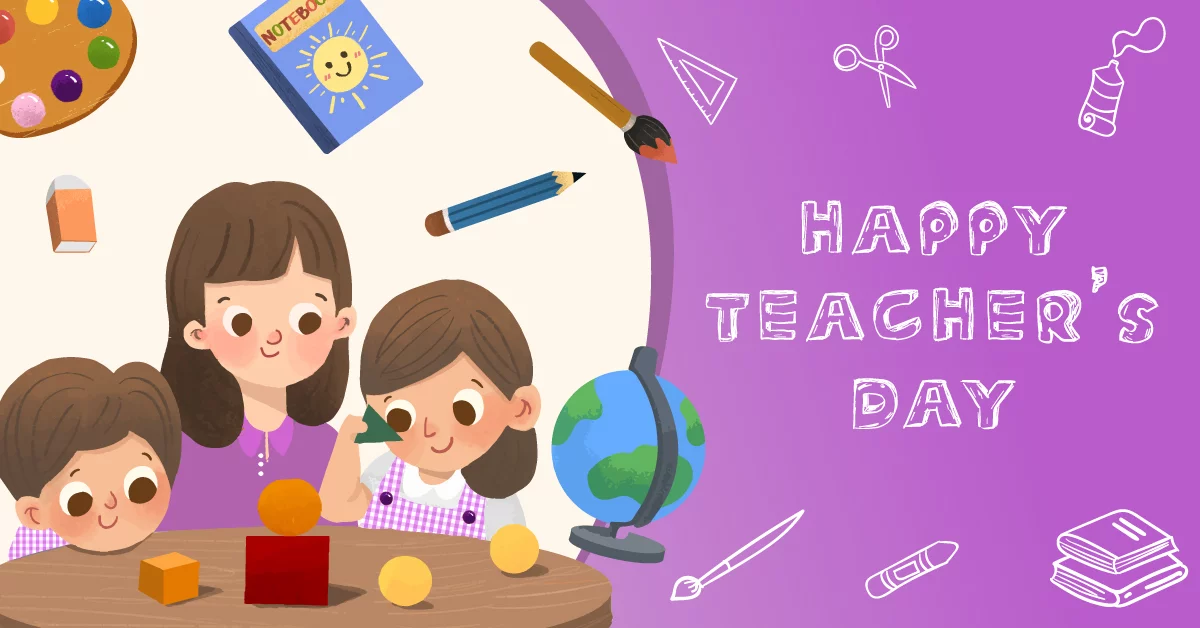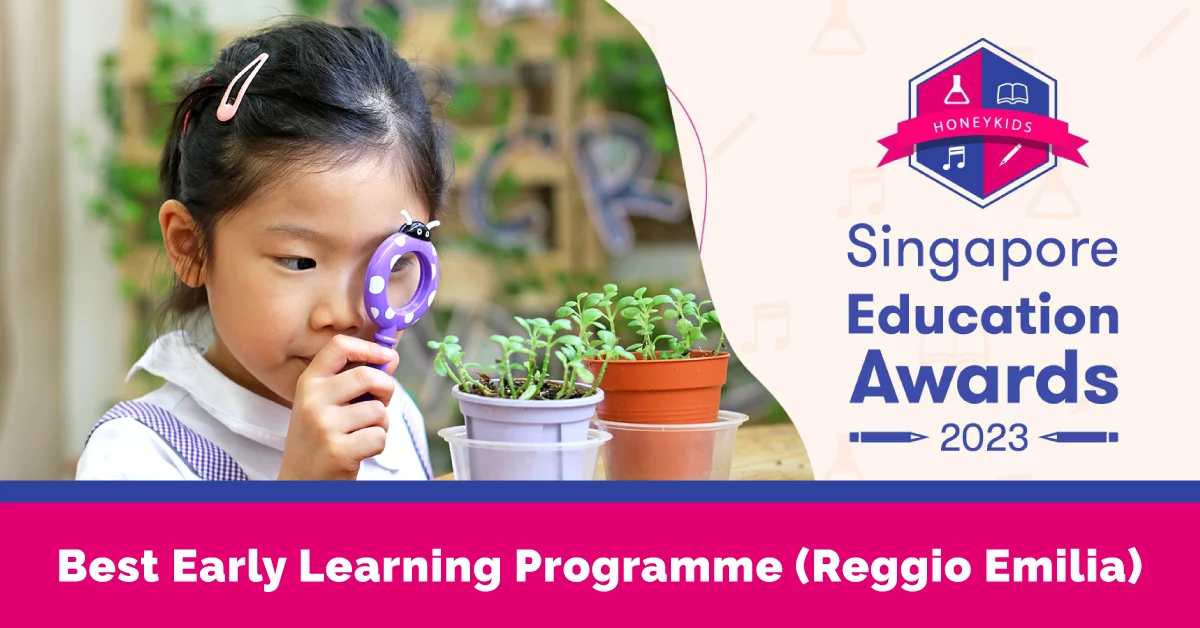
Developing language skills through Art
Developing Language Skills through Art
Language skills enable people to convey their ideas to others with clarity and precision. It begins with sounds and gestures and, gradually, words and sentences. It supports your child’s ability to communicate, understand and express their feelings. It serves as the foundation for reading and writing skills in children as they progress through their early years. Language skills can be developed through art.
So how does art relate to language skills? In art, possibilities are infinite as children are free to explore and create anything they want. Concepts new to children are usually best taught with visuals and words to help them understand and remember them better. Children are unlikely to retain further information if they are only told the words and their meaning of them and move on.
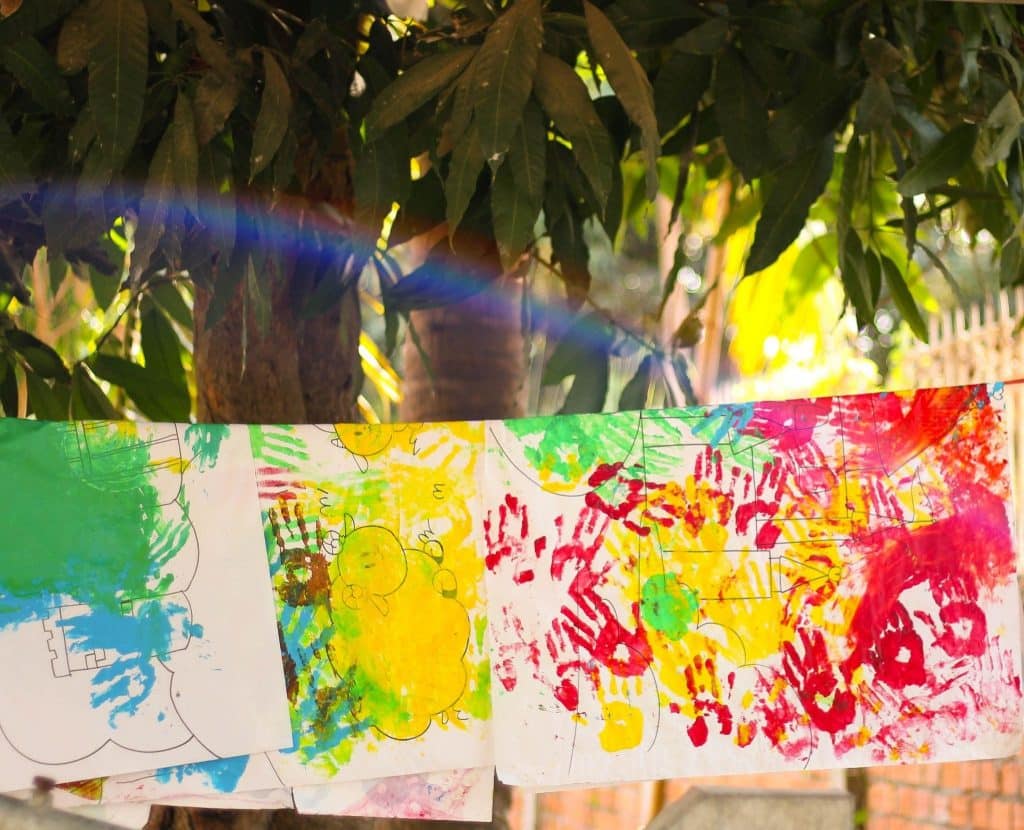
Art and Craft Lessons
In preschool, children from 2-3 years old begin to pay attention to print and words. Some examples would be the letters in their names or book titles. They begin to understand the difference between drawing, writing, and scribbling on paper. At 3-4 years old, they can match and sort similar and different things and recognise and scribble messages. At 4-6 years old, they can already recognise numbers and shapes and write some letters.
Throughout their preschool, they will be learning about colours in-depth. This includes discussing hues, tones, palettes, and associated words. Activities that include colouring, mixing of colours and creating artwork from coloured paper would be expected in their curriculum to spark creativity and imagination and develop their language skills.
Artworks from previous students may be shown as examples of how colours are used to identify different objects, how contrast works and how colours can be used to express themselves. Learning does not stop at preschool.
Parents can help their children develop their language skills at home while independently holding arts and crafts lessons. You can help your children by inviting them to talk to you about their drawings and to identify each object in the picture by name.
It’s essential to give your child lots of different materials to work with as it gives them more possibilities to create what they want. You can help by showing them how various materials such as glue, paint brushes and shapes can be used to create artwork.
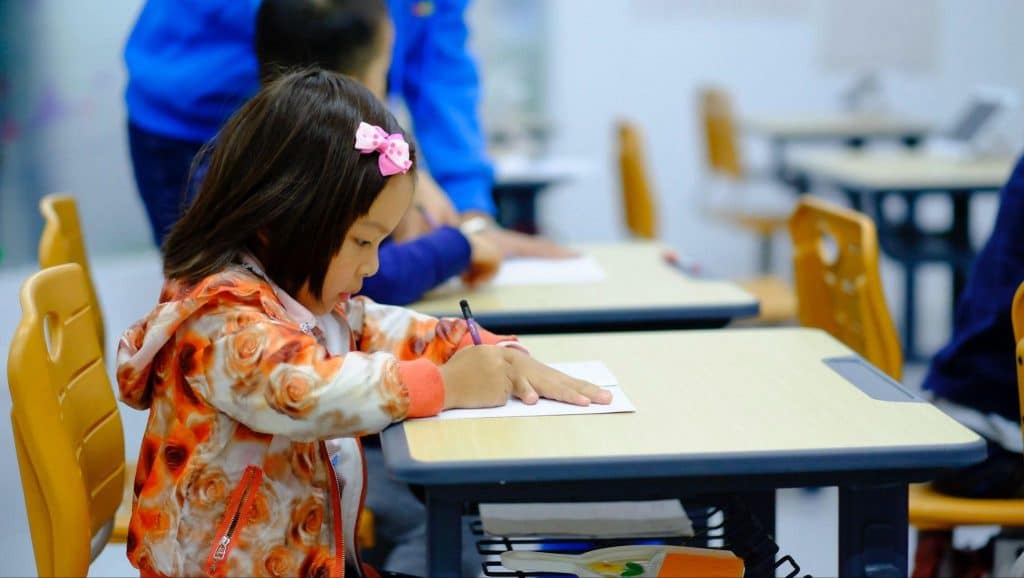
Storytelling
Storytelling is another way your child can develop language skills. This can come in various forms, but the idea is to encourage active participation by asking them to show off their artwork and tell a story about what they have created. Storytelling is so powerful because it’s personal. Parents or teachers can help them understand what “storytelling” means by telling a story about an artwork they have created before inviting children to do the same.
Even if your child may not be able to understand or use a word correctly, their use of gestures, vocals, movements, and facial expressions can help them connect to new words and phrases, which helps develop language skills.
It’s essential never to correct them or interrupt them while they describe their artwork, as the thinking process they go through helps them develop their language skills and better express themselves.
Questions are essential when it comes to artwork. Some examples that can be used for any artwork are “Where can you see this object?”, “What can it be used for?”. Providing them abundant opportunities to express themselves and engage in conversation will work wonders for their language development and creativity.

Music
Everyone knows that a quiet, gentle lullaby can soothe a child. But music can also affect the way children learn. Music is one of the few activities that involves using the whole brain. It is essential in all cultures and benefits developing language skills, improving memory, and focusing attention. It is also known for encouraging learning and enhancing communication.
Children can imitate the rhythm and musical structure before saying the words. You are most likely able to remember several songs and nursery rhymes you learned as a child. Music helps children retain words and expressions much more effectively, and repetitive patterns in music help children memorise words.
Children start mimicking words in songs and help them practice producing sounds in the new language. Eventually, the sounds become a proper understanding as the music is practised repeatedly.
Parents can empower their children’s learning by playing music, singing for or with them and starting music lessons early. Children generally enjoy making music and can learn the basics of instruments as early as four years old.
Overall, arts and crafts sessions, storytelling and music provide ample opportunities for new vocabulary and help them better express themselves through words, expression, and gestures. You can find out more at Mulberry learning, where we have all these activities as part of our curriculum for developing their art and language skills.
Every parent understands how it feels to have their child do something seemingly “out of character” and wonder…where did he/she pick it up from? Or when you are doing household chores or preparing to go to work, and they picked that exact time on purpose to break something. It can be increasingly frustrating, and it would be easy for you to snap at them. This is how not to set an example.
Mulberry School Tour
Our Locations
Click here to visit our Contact Us page and view the preschool/infant care centres conveniently located near you.
CONNECT WITH US
USEFUL LINKS
About Us
Mulberry Learning prides itself on making the preschool experience both memorable and enjoyable while transforming a child into a competent explorer, an imaginative thinker, and a creative problem solver. Through our proprietary award-winning curriculum, unique Habits of Mind programme and dedicated staff who are passionate about imparting positive attitudes, Mulberry Learning holds strong in its promise to deliver a holistic education that nurtures the Future Ready Child.
A PREMIUM PRESCHOOL BRAND UNDER GLOBAL EDUHUB

